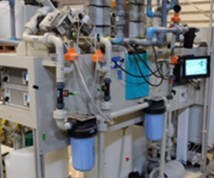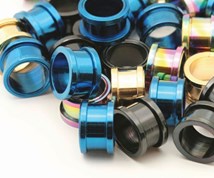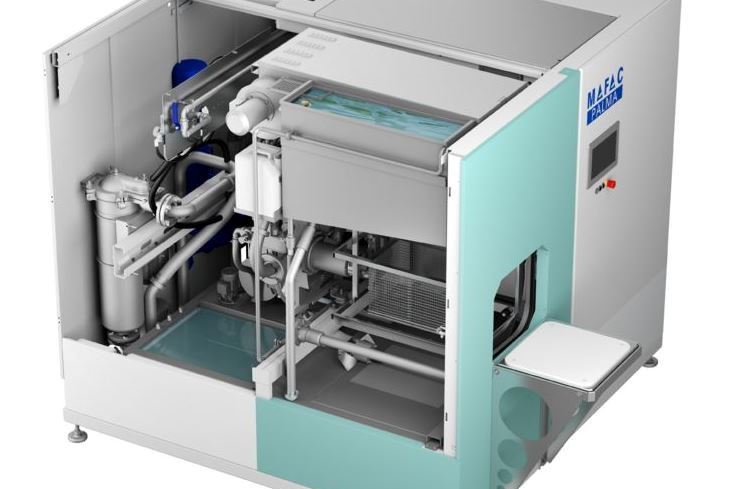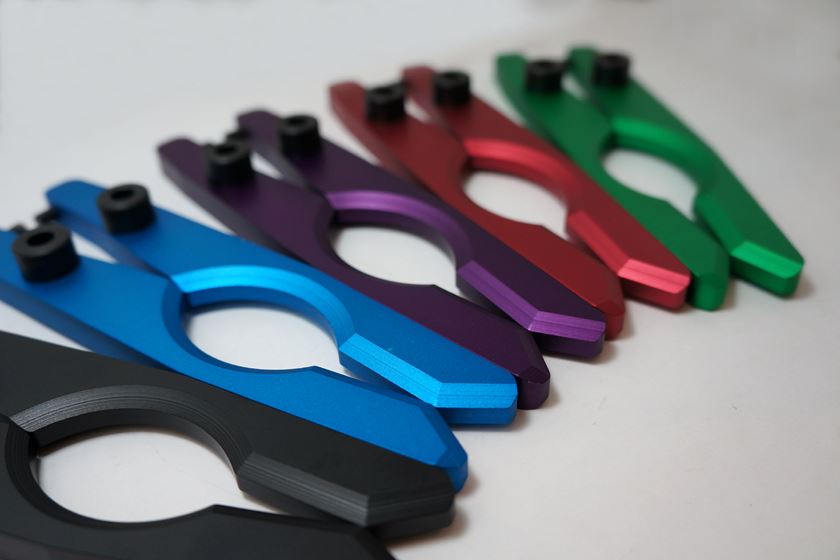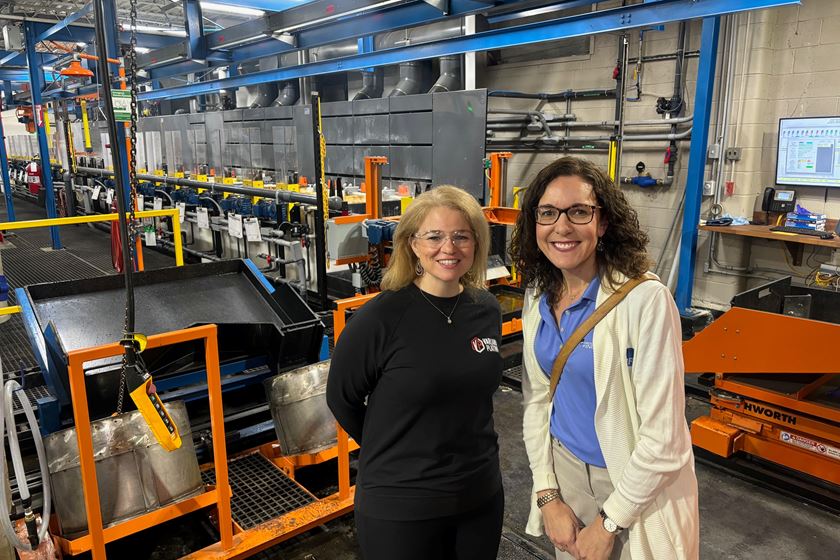U.S. Army Improving Rock Island Arsenal Plating, Painting Systems
U.S. Army’s Rock Island Arsenal Joint Manufacturing and Technology Center in Illinois broke ground this spring on a $61-million infrastructure modernization project.
#pollutioncontrol #masking
The U.S. Army’s Rock Island Arsenal Joint Manufacturing and Technology Center in Illinois broke ground this spring on a $61-million infrastructure modernization project that includes remodeling its plating and paint systems.
The project will cut energy use by 35 percent and generate up to $5.3 million in annual energy and operational savings, said Col. David J. Luders, commander of RIA-JMTC.
Featured Content
The Army launched the technology center upgrades through a 20-year energy savings performance contract with Honeywell, which guarantees the improvements will generate the target savings. As a result, the project requires no capital or additional taxpayer dollars upfront.
Almost 90 percent of the parts produced at the facility go through plating and paint, receiving the surface coatings necessary to build hardened, durable components for Army equipment.
“The plating department is critical to our operations,” Luders said. “It is one of our oldest operations with the first plating shop being installed in 1885. Today marks another evolution.”
RIA-JMTC is the nation’s largest government owned and operated arsenal. Their 16 critical manufacturing capabilities make RIA-JMTC the Army’s one-of-a-kind, state-of-the-art, vertically integrated metal manufacturing and fabrication arsenal.
Honeywell’s improvements includes installing high-efficiency HVAC systems, such as on-premise natural-gas heating that will allow the facility to disconnect from Garrison’s central coal-fired steam plant.
Written by Rhys Fullerlove, a public affairs specialist with the U.S. Army.
RELATED CONTENT
-
Corrosion Testing of Automotive Coatings
Exposure to road salts, UV radiation, heat, moisture and chipping from kicked-up road debris can quickly degrade an automotive coating system.
-
Cyanide Destruction: A New Look at an Age-Old Problem
Cyanide in mining and industrial wastewaters has been around from the beginning, including electroplating processes. This presentation reviews a number of current processes, and in particular, offers new technologies for improvement in cyanide destruction by the most common process, using sodium hypochlorite.
-
Better Alloy Control of Alkaline Zinc Nickel Baths
The factors that influence nickel content in deposits from alkaline non-cyanide zinc nickel baths.



